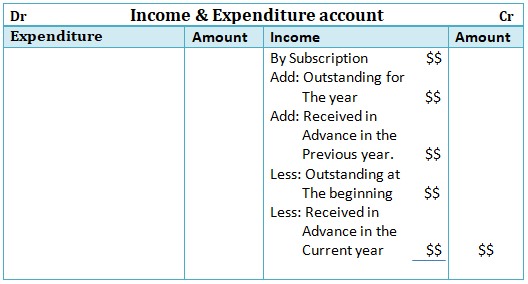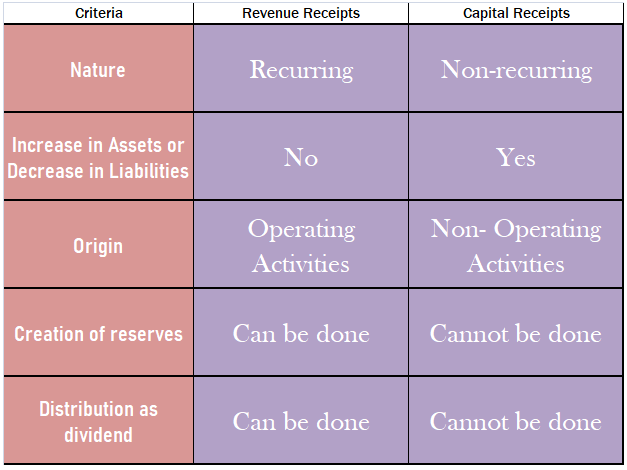Definition Current assets are defined as cash and other assets that are expected to be converted into cash or consumed in the production of goods or rendering of services in the normal course of business. Or in other words, we can say that the expected realization period is less than the operating cRead more
Definition
Current assets are defined as cash and other assets that are expected to be converted into cash or consumed in the production of goods or rendering of services in the normal course of business.
Or in other words, we can say that the expected realization period is less than the operating cycle period although it is more than the period of 12 months from the date of the balance sheet.
For example, goods are purchased with the purpose to resell and earn a profit, debtors exist to convert them into cash i.e., receive the amount from them, bills receivable exist again for receiving cash against it, etc.
List of current assets
The list of current assets is as follows:-
- Cash in hand
- Cash equivalents
- Bills receivables
- Sundry debtors
- Prepaid expenses
- Accrued income
- Closing stock
- Short-term investments ( marketable securities )
- Other liquid assets
Now here are a few definitions for the above list of current assets which are as follows:-
-
Cash in hand
Cash comprises cash on hand and demand deposits with banks.
-
Cash equivalents
Cash equivalents are short-term, highly liquid investments that are readily convertible into known amounts of cash and which are subject to an insignificant risk of changes in value.
-
Bills receivables
It means a bill of exchange accepted by the debtor, the amount of which will be received on the specific date.
-
Sundry debtors
A debtor is a person or entity who owes an amount to an enterprise against credit sales of goods and/or services rendered.
-
Prepaid expenses
Expense that has been paid in advance and benefit of which will be available in the following years or year.
-
Accrued income
Income that has been earned in the accounting period but in respect of which no enforceable claim has become due in that period by the enterprise.
-
Closing stock
Stock or inventory at the end of the accounting period which is shown in the balance sheet and which is valued on the basis of the “ cost or net realizable value, whichever is lower “ principle is called closing stock.
-
Short term investment
Investments that are also known as marketable securities and are held for a temporary period of time i.e, for less than 12 months, and can be easily converted into cash are called short-term investments.
Criteria for classification
Now let us see the classification of assets in the case of companies as per Schedule III of the Companies act 2013.
An asset is a current asset if it satisfies any one of the following criteria which are as follows:-
- It is held primarily for the purpose of being traded.
- It is expected to be realized in or is intended for sale or consumption in the company’s normal operating cycle.
- It is expected to be realized within 12 months from the reporting date.
- It is cash and cash equivalent unless it is restricted from being exchanged or used to settle a liability for at least 12 months after the reporting date.
Here is an extract of the balance sheet showing current assets











Journal entries in the ledger What is a Journal Entry? Journal entry is a form of bookkeeping. All the economic or non-economic transactions in the business are recorded in the journal entries showing a company's debit or credit balances. It is a double-entry accounting method and requires at leastRead more
Journal entries in the ledger
What is a Journal Entry?
Journal entry is a form of bookkeeping. All the economic or non-economic transactions in the business are recorded in the journal entries showing a company’s debit or credit balances. It is a double-entry accounting method and requires at least two accounts or more in a transaction.
The journal entry helps to identify the transactions. We use journals to get a running list of business transactions. Each journal entry provides this specific information about a transaction:
General Ledger
After the transactions are recorded in the journal, they are posted in the principal book called ‘Ledger’. A ledger account contains information about a specific account. It contains the opening balance as well as the closing balances of an account. It summarizes the business transactions.
Transferring the entries from journals to respective ledger accounts is called ledger posting or posting to the ledger accounts. Balancing of ledgers is carried out to find differences at the year’s end, it means finding the difference between the debit and credit amounts of a particular account.
For instance,
Suppose goods were bought for cash. While passing the journal entry, we’ll be debiting the purchases a/c and crediting the cash a/c by stating it as, ‘To Cash A/c’.
Now, this entry will be affecting both the purchases account and the cash account. In the cash account, we’ll be debiting purchases. Whereas in the purchases account, we’ll be crediting the cash. That’s how it works in the double-entry bookkeeping system of accounting.
Example
Mr. Tony Stark started the business with cash of $100,000. He bought furniture for business for $15,000. He further purchased goods for $75,000. He hired an employee and paid him a salary of $5,000.
Now, we’ll be journalizing the transactions and posting them into the ledger accounts.
Journal Entries
Recording into Ledger Account
Cash A/c
Capital A/c
Furniture A/c
Purchases A/c
Salary A/c
Note: The balance b/d is not applicable as this is the business’ commencement year.
See less